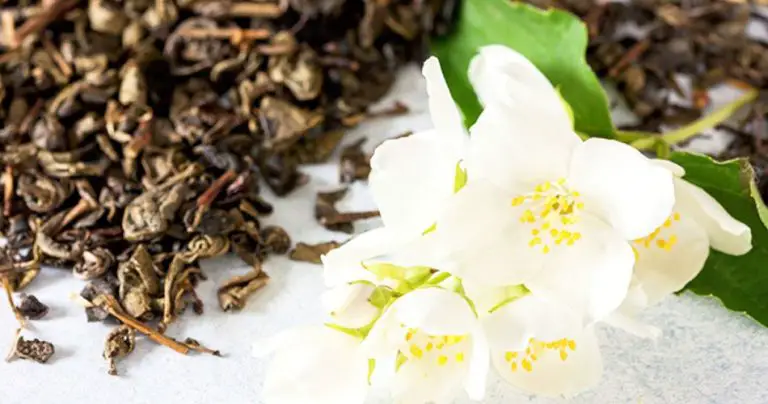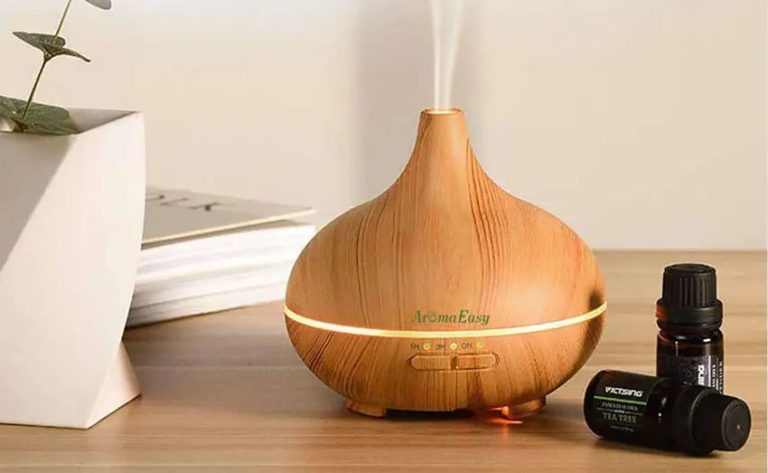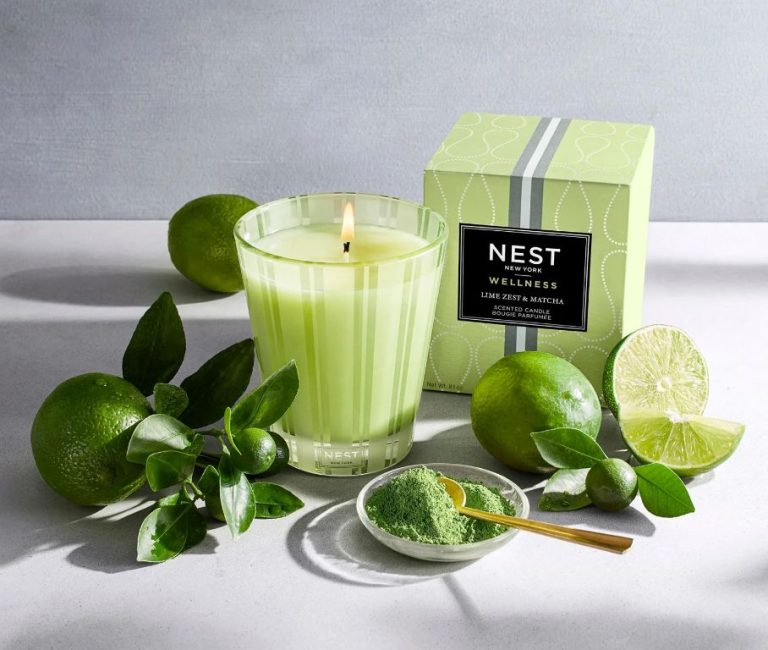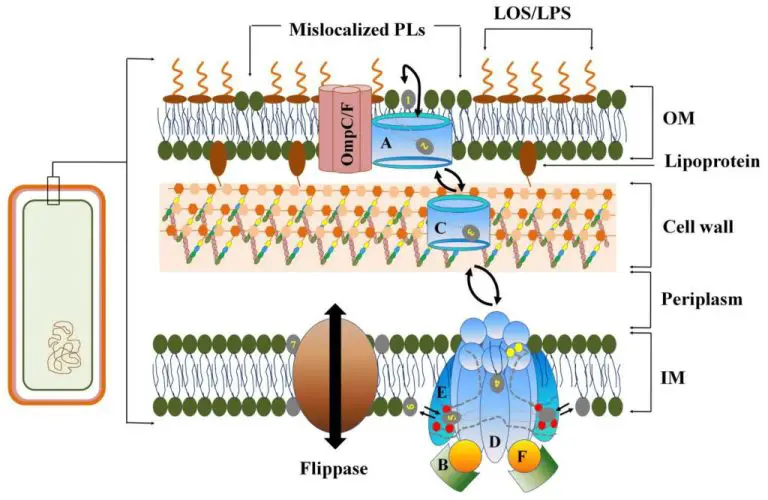Which Candle Is Best For Smell?
Candles are popular for creating ambiance and fragrance in homes. With so many candle options on the market, how do you determine which candle provides the strongest and most pleasant aroma? This article will explore the factors that affect candle scent and provide tips for finding the best smelling candle.
The goal is to analyze the different features of candles that contribute to scent strength and quality. By understanding what makes a candle smell stronger, you’ll be better equipped to select a candle that fills the room with your favorite fragrance. The strongest smelling candle depends on scent composition, wax type, vessel shape and more. We’ll compare popular candle brands and highlight top picks for maximizing scent throw. Read on to discover what makes a candle smell its best.
Scent Composition
The scent of a candle comes from fragrant compounds that are released into the air as the candle burns. There are several different types of candle scents:
Essential oils – These are derived from plants and contain natural aromatic compounds like limonene in citrus oils or linalool in lavender. Essential oils are extracted from flowers, fruits, leaves, resins or roots through methods like distillation. They provide authentic, pure scents but can be more expensive.
Fragrance oils – Also called perfume oils, these are artificial scents created in labs. They try to mimic natural smells but don’t use real plant extracts. Fragrance oils allow for consistent, affordable scents but lack nuance.
Synthetic fragrances – These artificial scents are formulated from chemical isolates. They maximize intensity and projection but can smell flat or too sharp. Synthetics are inexpensive but don’t replicate natural complexity.
The highest quality candles use essential oils, the mid-range products use fragrance oils, and the budget options rely on synthetics. But all candles need fragrant additives to provide aroma – without scented ingredients, candles would be odorless as paraffin wax and other base materials have no inherent smell.
Natural vs Synthetic
When it comes to candle scents, fragrances can be categorized as either natural or synthetic. Natural fragrances are derived from plant sources like flowers, fruits, herbs, spices, and essential oils. Synthetic fragrances are created in a lab to mimic natural scents (Eachandevery.com, 2022).
Natural fragrances tend to have a more subtle, delicate aroma compared to synthetic fragrances, which can sometimes smell stronger or more pungent. The tradeoff is that natural scents usually don’t last as long as synthetic ones when used in candles. However, some people prefer natural scents because they are perceived as more authentic. There are also concerns from some consumers about potential health risks associated with synthetic fragrance chemicals (Privelabel.com, 2022).
Synthetic fragrances allow candle makers to replicate almost any scent imaginable, even if the natural source is rare or expensive. They also tend to be more affordable and project stronger scents. However, some synthetic fragrance oils contain phthalates, parabens, or allergens that may cause issues for people with sensitivities. Overall, personal preference plays a large role in choosing between natural and synthetic scents.
Soy vs Paraffin
When comparing soy wax candles to paraffin wax candles, most experts agree that soy candles tend to have better scent throw when burned. According to Simple Ness Collection, “Soy candles are more fragrant than paraffin and will fill the room with their aroma for a longer period of time.” This is because soy wax has a higher density and requires more heat to melt the wax fully, allowing the scent to disperse more slowly and evenly.
Additionally, soy wax is better at both hot throw (scent when burning) and cold throw (unlit scent) according to Lone Star Candle Supply. The natural ability of soy wax to hold fragrances makes it release aroma even when not lit. Paraffin wax, being less dense, does not retain scents as well in comparison.
In summary, when evaluating candle scent throw, soy wax candles tend to outperform paraffin. The density of natural soy allows for a stronger hot throw while burning, and a more pronounced cold throw when unlit.
Container Material
The material that a candle’s container is made from can significantly impact its scent dispersal and “hot throw.” This refers to how well the scent is dispersed when the candle is lit and the wax pool is heated. Materials like glass and tin tend to provide the strongest hot throw. This is because they retain heat effectively, which helps the wax pool reach an optimal temperature for fragrance diffusion.
Glass containers allow for excellent heat conductivity. The glass absorbs heat from the flame and passes it efficiently to the wax pool. Tin also does this well. The metal material heats up quickly and radiates the warmth into the candle wax (http://www.roetell.com).
Materials like wood, cement, or ceramic do not conduct heat as effectively. This can result in a weaker hot throw. The wax pool struggles to reach an ideal temperature since the container does not transfer warmth as well.
In summary, glass and tin are the best materials for strong scent dispersal when a candle is lit. The heat conductivity allows the wax pool to reach an optimal temperature for fragrance throw.
Vessel Shape
The shape of the candle vessel has a significant impact on how the scent is dispersed when burning. In general, narrower openings at the top of the vessel will concentrate and intensify the scent by limiting airflow and trapping fragrance molecules inside the container. Wider openings allow more airflow which can disperse the scent faster, resulting in a more subtle aroma. Cylinder and hexagon shaped vessels with narrow tops tend to provide the strongest scent throw. According to this Craft Server discussion, wider jars and containers with more exposed surface area will have less concentrated hot throw.
Vessels like tumblers and short wide jars allow fragrance to escape quicker, providing a lighter scent. Extra tall narrow vessels concentrate scent but can also cause tunneling issues. The optimal vessel shape depends on the type of scent experience you want to achieve. Those desiring a powerfully aromatic candle may opt for a traditional narrow cylinder or hexagon jar, while a softly scented ambience may call for a shallow wide vessel.
Wick Type
Wick type plays a critical role in candle scent throw. The wick acts as the fuel delivery system in a candle. As the wick burns, it melts the wax surrounding it, which enables the fragrant oils to be released into the air. A wick that is too small will not provide enough heat to fully vaporize the oils, reducing scent throw. A larger wick generates more heat and allows for improved fragrance dispersion. The width of the wick must be proportional to the diameter of the candle to optimize hot throw.
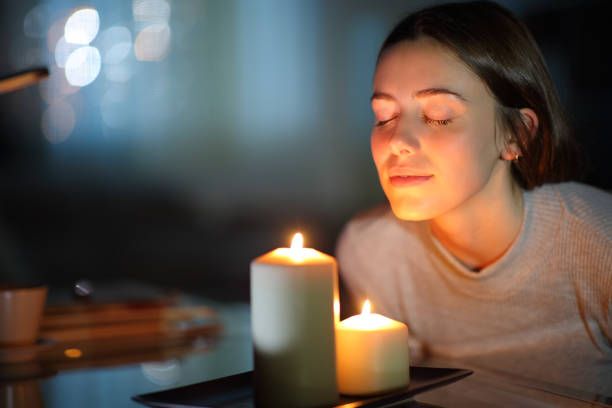
Cotton and paper fiber wicks tend to provide the strongest scent throw. Wooden and zinc core wicks can retain oils and restrict hot throw. Using the proper wicking material for the type of wax is critical. Test burns should be conducted to determine the ideal wick size and material for a particular candle design.
Additives
Candle makers often include additives in their candles to enhance and boost the scent. Common additives include essential oils and fragrance oils. Essential oils are extracted directly from plants and can provide a pure, natural aroma. Popular essential oils used in candles include lavender, lemon, and peppermint. Fragrance oils are synthetic oil-based scents that replicate natural aromas or create completely new scents. While fragrance oils allow for more varied and complex scents, some prefer the authenticity of essential oils. Certain candle brands highlight their use of 100% essential oils as a selling point for customers seeking pure, natural scents. Both essential oils and fragrance oils will intensify and elevate the scent of a candle. Ultimately it comes down to personal preference on whether you want a pure, recognizable scent from essential oils or a more complex, unique aroma from fragrance oils.
Brand Comparison
When it comes to the most scent-throwing brands of candles, a few names stand out above the rest. Yankee Candle, WoodWick, and Voluspa are consistently rated as top performers for filling a room with fragrance.
Yankee Candle offers an immense selection of scent options and burns cleanly and evenly. Their candles like Clean Cotton and Vanilla Cupcake have excellent throw and longevity. However, some consumers find certain scents to be overpowering or too synthetic smelling.
WoodWick candles feature patented wooden wicks that crackle while burning, helping to distribute scent. Their candles like Fireside and Hazelnut Cream have intense, natural fragrances. However, the crackling sound may bother some people, and WoodWicks tend to be more expensive.
Voluspa candles stand out for their unique, sophisticated scents like Mokara Orchid and Santiago Huckleberry. They use premium fragrance oils and natural wicks for strong, clean burns. However, Voluspa’s artistic branding and prices cater more to luxury shoppers.
While comparing top candle brands can get subjective, testing out a variety of scents from Yankee, WoodWick, and Voluspa will help identify your personal favorites in terms of scent intensity and room filling ability.
Conclusion
When selecting a candle for optimal scent throw, there are several key factors to consider. The wax composition is important, with soy and other natural waxes typically providing better scent than paraffin. The vessel material and shape also impact diffusion – glass, ceramic, tin, and other non-porous materials in open containers allow fragrance to escape freely. Cotton and eco-friendly paper wicks tend to provide better hot and even burns compared to regular wicks, maximizing scent dispersal. Some additional ingredients like essential oils and fragrance oils boost scent intensity. Finally, reputable candle brands using high quality ingredients, expert blending and scent profiles tend to have the best smelling candles overall.
Based on these criteria, the top candle picks for superior scent are:
- Yankee Candle in the classic glass jar style
- WoodWick candles with their signature wooden wick
- Voluspa candles, which use luxury wax blends
- Diptyque, a high-end brand offering unique scent compositions
- Other small batch and artisanal candle makers focusing on quality natural ingredients and creative fragrance mixes
While scent preference is subjective, following these guidelines can lead to candles with excellent scent throw to fill any space with fragrance.

